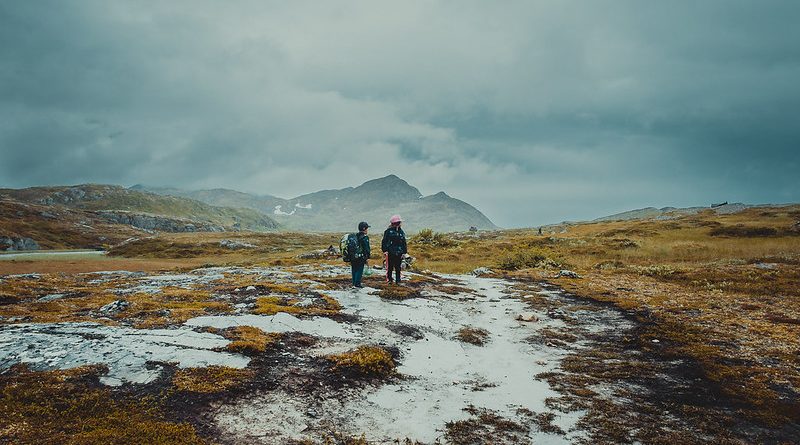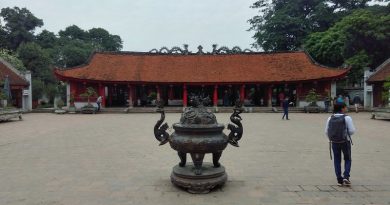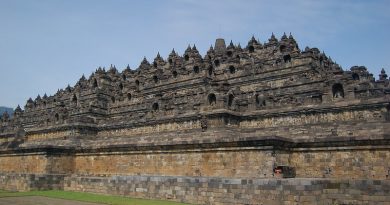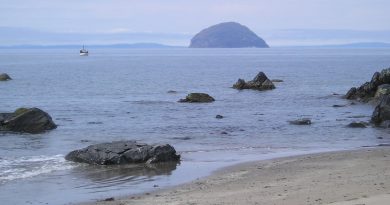Tramping the Great Walks
Trek Essentials
Where: Trails cover all of New Zealand, the Southern Fjordlands are particularly beautiful.
When: Just after the summer season (Feb – May) can be wetter but is far less crowded and cheaper.
Remember to bring: Plenty of cash for trail fees & serious ice equipment for the Fox Glacier.
Watch out for: Safety when climbing Mount Cook – you’ll need tough alpine skills & an experienced guide.
For some reason, best known to themselves, the New Zealanders are crazy about their outdoor pursuits, the more extreme the better, and as a result there are more adventure activities on offer here than anywhere else in the world. Moreover, the Kiwis not only participate in an enormous variety of activities, but they create them, and are responsible for such activities asjet-boating, bungee-jumping, and most recently, zorbing.
Despite the choice, the most popular activity is still hiking, known as tramping to New Zealanders (also for reasons known only to themselves!). There are walking trails all over the country, all well maintained, and often with campsites and huts to stay in along the way, all looked after by the Department of Conservation (DOC) but the most popular are known as The Great Walks. The list of Great Walks, arranged roughly from North to South, is as follows:
Lake Waikaremoana Track (Mid-North Island)
Tongariro Northern Circuit (Mid-North Island)
Whanganui Journey – not actually a hike, but a river journey, put into the Great Walks category for its popularity (Southern North Island)
Heaphy Track (Nelson Area)
Abel Tasman Coastal Track (Nelson Area)
Routeburn Track (Southern South Island, Fjordlands)
Milford Track (Southern South Island, Fjordlands)
Kepler Track (Southern South Island, Fjordlands)
Rakiura Track (Stewart Island)
Milford Track
The number one Great Walk is the Milford Track, said to the finest in the world, and is easy enough for anyone reasonably fit to complete, with amazing views that ensure that your efforts will be rewarded. Due to its fame it is oversubscribed, and walkers must reserve a place in advance in high season. You book the day that you start the track, and must complete it in four days and three nights. This is done to protect the track, and to enable as many people to walk the track as is possible, but the system can be frustrating as you are forced to press on regardless of the weather and it can be booked up well in advance. To avoid this, it is best to book as early as possible.
On most trails a small fee has to be paid to the DOC, to stay in the huts or on campsites along the trail, and should be paid at the local DOC office before departure. Fees can be paid to wardens along the track, but are generally higher. The Great Walks are considerably more expensive, and can be very busy, but with all walks fees can vary with season, and if you’re prepared to take greater risks with the weather you can save quite a bit visiting out of season. Fees are also cheaper on less popular (usually more challenging) tracks. The other option, if you’re planning on doing a fair amount of walking, is to buy a hut pass which lasts a whole year, and can be used in all huts except on the great walks. It pays for itself if you use it for eight nights or more. Money made from these charges go towards the immaculate upkeep of the National Parks and the walking trails.
Copland Pass & Fox Glacier
A challenge for the experienced Hiker is the Copland Pass, a tough four day walk, crossing the South Island from the Mount Cook National Park to the Fox Glacier over ice and snow. This is a serious hike, and should only be attempted in good weather by those with real mountaineering experience, or with a qualified guide. You’ll need crampons, ice axes and alpine skills, however, if you do manage it, there is quite a degree of prestige attached to it within mountaineering circles. The ultimate challenge for serious mountaineers is to climb Mount Cook, New Zealand’s highest peak, but be aware many have died trying, and for the less experience there are some amazing views throughout the National Park surrounding the peak.
MORE INFORMATION
Department of Conservation
The official website, with information about all the trails available and advice on tramping.
Words by Guilia Vincenzi




